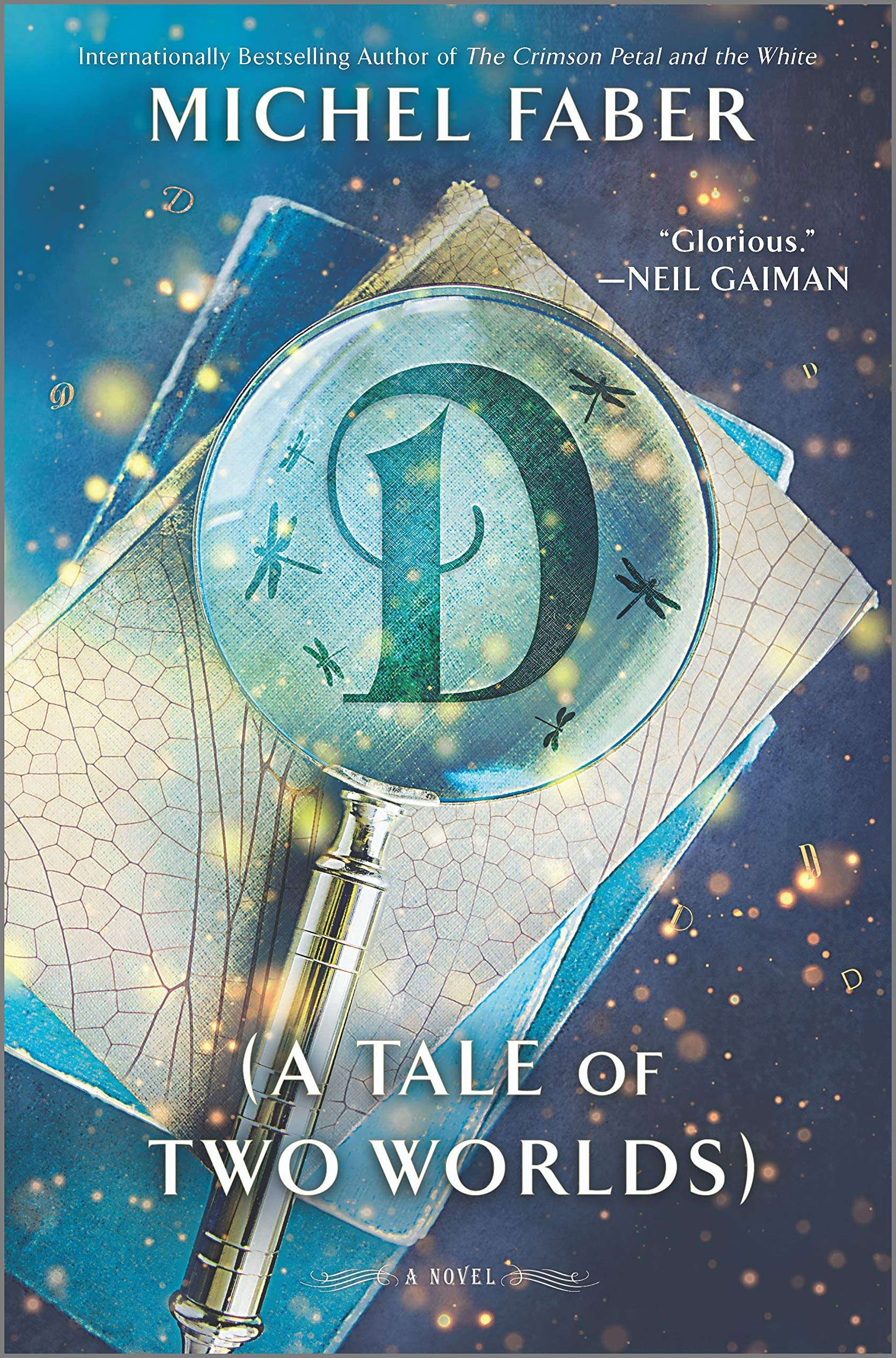D (A Tale of Two Worlds), by Michael Faber
I love “easy” books with short chapters that are truly entertaining and remind me that not everything needs to be full of angst and drama. Especially when their ease comes from swiftly moving forward through obstacles, not by pontificating or navel gazing, but by focusing on where you want to go – and then going there.

D is such a book. The lessons it teaches do not come through grand speeches or brandishing of things shiny or sharp, but through perseverance and friendship, and doing what needs to be done even if it scares you. It’s been called a fairy tale, but I see it more as a quest; not so much Jacob Grimm or Hans Christian Andersen, but a cross between Lewis Carroll and CS Lewis, enjoyable for audiences of all ages.
Dhikilo Saxardiid Samawada Bentley is a young girl living in Cawber-on-Sands, England, the adopted daughter of Ruth and Malcolm Bentley. She was born in Somaliland (not Somalia!) but has almost no memory of her parents. Her name is difficult for most, so her friends at Cawber School for Girls call her Dicky (and some of the mean ones call her Dick). She’s not the most popular girl, her English parents are kind of dull, and she has to endure almost constant casual racism, but she’s happy enough, or at least content enough, even though she wishes she (and everyone else) knew more about her country of birth, and that she knew more about her parents and why they gave her up.
Then all of a sudden the letter D disappears. It’s simply gone, from signs, from books, from spoken words, and no one seems to notice. It makes life difficult for her, especially with a name like Dhikilo. But when things with Ds start to disappear, too, like donkeys, and dogs, she starts to get very worried.
It’s when Dhikilo attends the funeral of her old history teacher – one of the few people who actually knew about Somaliland – that things really get weird. She discovers the Professor is not really dead, but holed up on his old house that happens to have a portal to a different land known as Liminus, a place connected to the disappearance of the Ds. The Professor charges her with getting to the bottom of the problem, and so she sets off through the portal, knowing nothing of where she is going, with only a magical sphinx (who also presents at times like a large, brown Labrador retriever) for a companion.
In her journey, she comes across all sorts of strange creatures and circumstances, some dangerous, some hostile, some silly and some enchanting. The land of Liminus is in the grip of a long winter, and it is slowly dying, ruled by a monstrous personage known as the Gamp who is using the stolen Ds to fuel the machine that gives him his power. The question is, how can she do anything about it?
Told in a very straightforward, earnest way, D takes Dhikilo through adventure after adventure, where she has to survive by using her brain, her wits, and her common sense. The story is very episodic, which is quite satisfying, yet never loses its sense of moving forward. Its scope remains focused on the task at hand, but still manages to delight in the imaginative experiences that our young heroine must confront, even the most familiar of which are told with a new twist or a fresh flavor.
All in all, it’s a delightful book, eminently readable, and thoroughly enjoyable, from start to end.
—Sharon Browning

